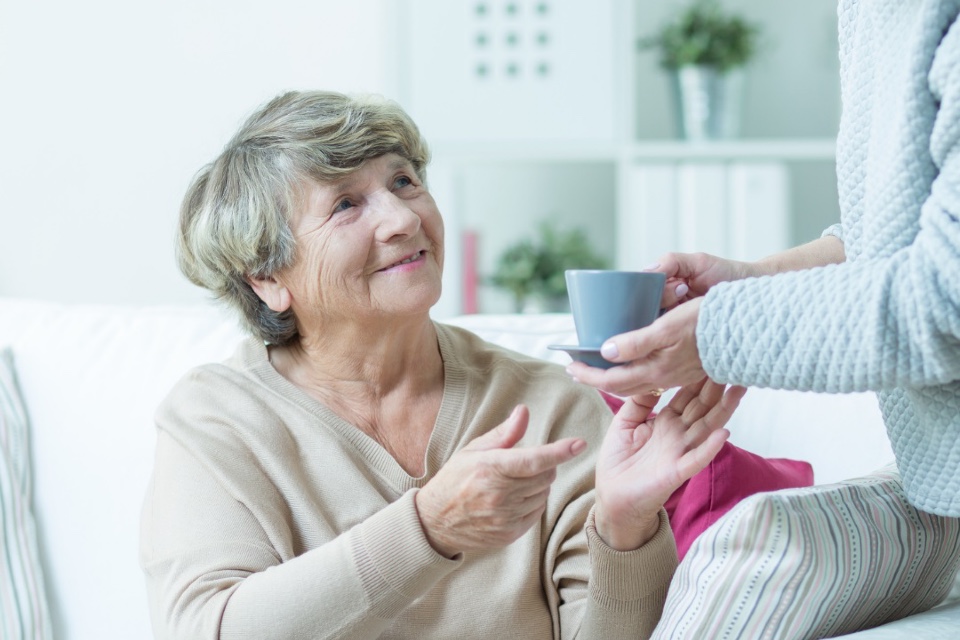In March 2020, along with all care settings, care homes had to rapidly adapt their existing practices in response to the pandemic. With vulnerable, elderly, and dependent residents; carers who attend to their needs; frequent visitors and external healthcare professionals, COVID-19 presented significant challenges.
Whilst some of the restrictions that were enforced during the pandemic have since been lifted, the operational challenges seen across the care sector are far from over. The procedures for ensuring that anyone entering a care home complies with current rules and guidelines are still largely based on paper signing in books. Following the introduction of compulsory COVID-19 vaccinations for frontline health and social care workers and the added pressure of current staff shortages, it is more important than ever that care homes streamline entry and exit procedures to guarantee the safety of their residents, explains Dan Harding, CEO, Sign In App…
Criteria compliance
On 11 November 2021, the UK Government made amendments to the Health and Social Care Act 2008, stating that all care home workers and visitors will need to be fully vaccinated against COVID-19, unless exempt. In support of the revisions, the Care Quality Commission is monitoring care homes to ensure that a robust process is in place for checking vaccine status. For care homes still using pen and paper, ensuring compliance with the new regulations poses huge logistical challenges, as maintaining paper records can be time consuming and prone to errors. A digital transformation is required to enable real-time access to accurate, trustworthy information. Through the use of simple, intuitive apps, digital health certificates can be issued and stored, and screening questions can be asked during the sign in process, which can include vaccine status checks and symptom-related checklists. Such a simple and quick addition to the sign in procedure in care homes helps to ensure that residents, staff and visitors are compliant with current regulations, whilst also reducing the risk of infection.
Clear communication
With requirements and guidance changing frequently, important site information and policies around care workers and visitors needs to be updated dynamically and presented in a clear and unambiguous fashion. Through the use of apps, messages and policies for employees, visitors and external primary care workers can be quickly updated online and presented during the sign in process. This can include tailored messages for each visitor group, with specific advice and targeted information, such as new mask requirements for staff or the re-introduction of social distancing measures for visitors should the rules be updated in the coming winter months. Everyone entering the care home has immediate visibility of the current requirements and is asked to confirm their understanding before entering the premises, with raised awareness, greater clarity and a clear audit trail of compliance.
Beyond the pandemic
Looking beyond the pandemic, it is important that lessons learned are embedded into best practice moving forward. From regular staff members to visitors including doctors, hairdressers and entertainers, it can be difficult to keep track of who is in the building through traditional pen and paper methods. An automated visitor badge and contactless sign in process would both expedite and simplify the standard visitor book procedure, with the option to display up to date information. Using innovative technologies would also give organisations the option to block certain individuals from entering the facility, such as individuals who may pose a high risk to residents.
Effective evacuations
Contactless applications provide a digital solution with improved visibility and a vastly simplified process for both day-to-day operations, and in the event of an emergency. Fire drills and emergency evacuations have previously posed serious challenges within the health and social care sector and many residents staying in care homes struggle with limited mobility and varying health conditions. Today, technology holds the key to a better approach and can ensure that everyone is accounted for in an efficient and timely manner. Implementing new solutions can allow nominated individuals to conduct an instant, real-time roll call, digitally ticking to confirm the safety of those present within the building.
Conclusion
Amidst the regulation changes from the UK Government, discussions surrounding the importance of ensuring the health and safety of those who are working and living within our care homes have intensified. As concerns over the wellbeing of the most vulnerable in society grow during the winter months, it is vital that procedures are moved into the modern day in order to protect them.
Technology can play a key role in ensuring that anyone entering the care home setting is not compromising the safety of its residents whilst also providing a more robust and efficient evacuation in the event of an emergency.






